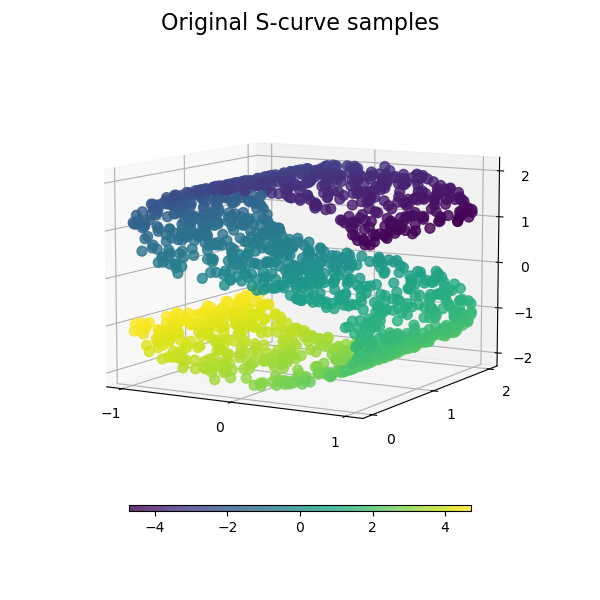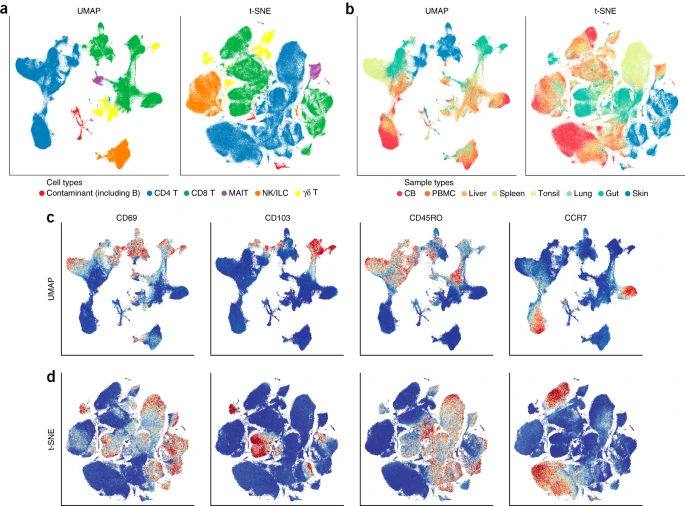Back to main page
Dimensionality Reduction
Curse of dimensinality
Why dimensionality reduction?
Visualization
Remove multicolinearity
Remove redundant features
Deal with the curse of dimensionality
Identify structure for supervised learning
High-dimensional data
Concept
Dimensionality reduction is a process of reducing the number of random varialbes under consideration by obtaining a set of principle variables.
Approaches can be divided into feature selection and feature extraction.
Types
Feature subsetting
Matrix decomposition
Manifold learning
Common methods of dimensionality reduction
Principal component analysis (PCA)
Linear dimensionality reduction
Extract “principal components” that are uncorrelated with each other to represent the variance in the data
Generate ranked list of “principal components” that explain high to low fraction of variance
Typically works in Euclidean space (linear), not suitable for data on a non-euclidean space (non-linear) or contain fine structures
Kernel PCA
Employ kernel trick to PCA to increase capacity of nonlinear mapping
Linear Disriminant Analysis (LDA)
T-distributed Stochastic Neighboring Embedding (t-SNE)
Non-linear dimensionality reduction
Model each high-dimensional object by a 2 / 3 dimensional point in way that similar objects are modeled by nearby points and dissimilar objectes are modeled by distant points
Based on neighboring map
Developed from Stochastic Neighbor Embedding (SNE)
Uniform Manifold Approximation and Projection (UMAP)
Non-linear dimensionality reduction
Based on neighboring map & topological data analysis method
Benchmarks
Reference
Dimensionality reduction algorithms: strengths and weaknesses Gunasekaran, Mr Ramkumar, and Mr Tamilarasan Kasirajan. “Principal Component Analysis (PCA) for Beginners.” (1901). Hinton, Geoffrey E., and Sam T. Roweis. “Stochastic neighbor embedding.” Advances in neural information processing systems. 2003. Maaten, Laurens van der, and Geoffrey Hinton. “Visualizing data using t-SNE.” Journal of machine learning research 9.Nov (2008): 2579-2605. McInnes, Leland, John Healy, and James Melville. “Umap: Uniform manifold approximation and projection for dimension reduction.” arXiv preprint arXiv:1802.03426 (2018). I Goodfellow, Y Bengio, and A Courville. Deep Learning. MIT Press, 2016


